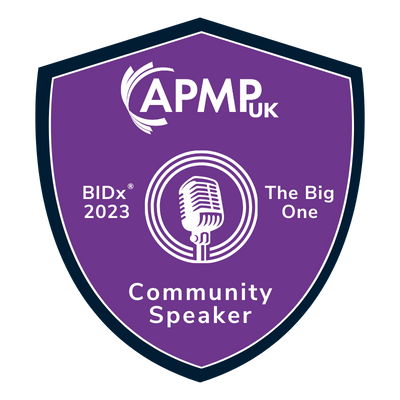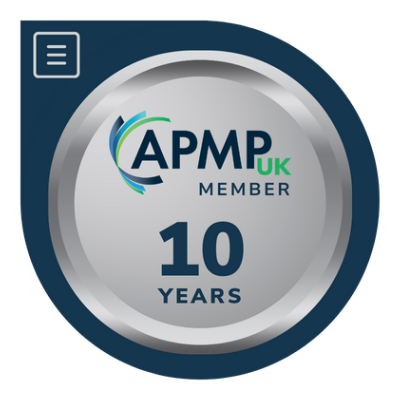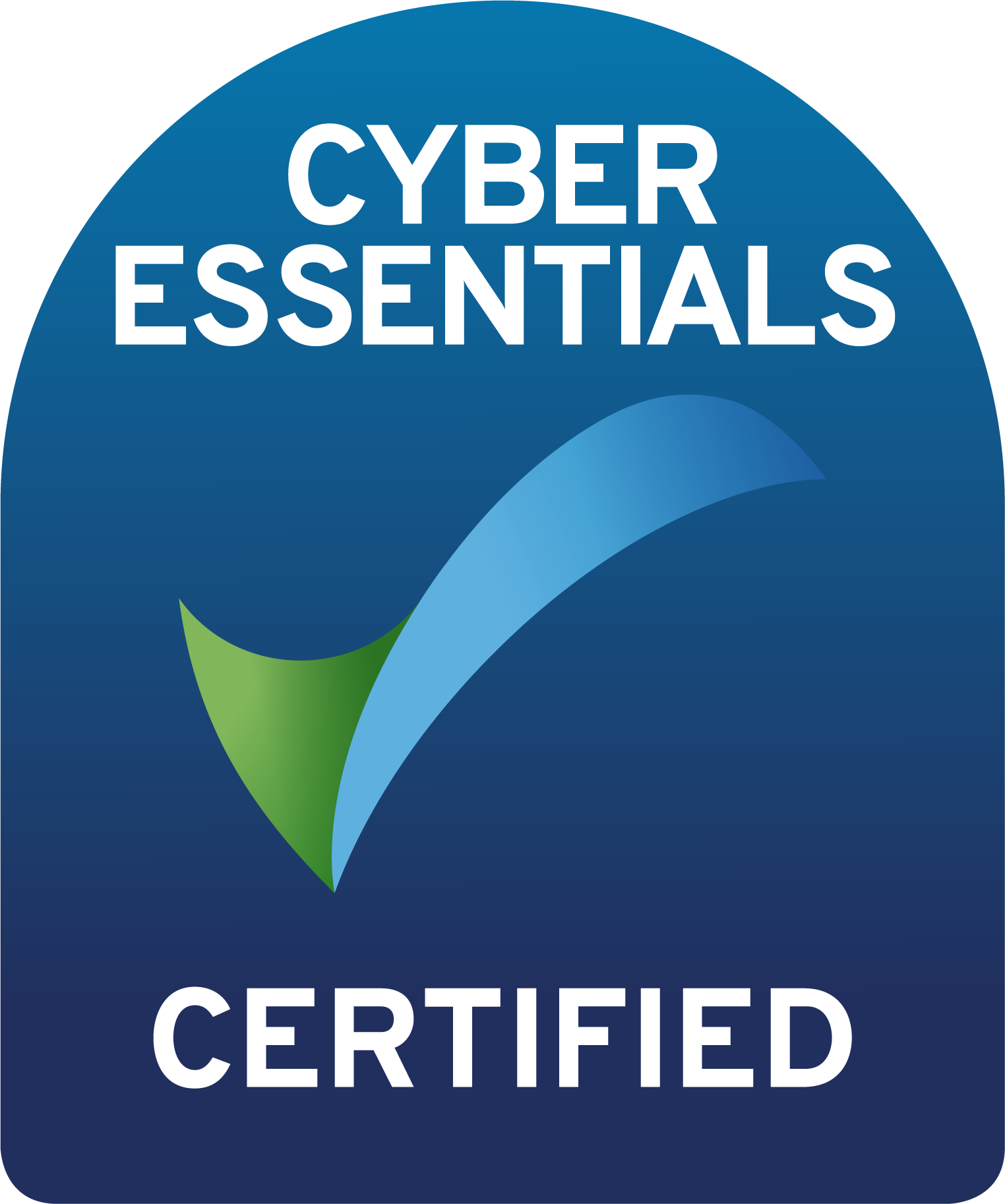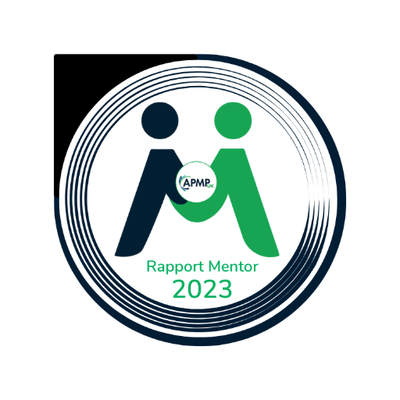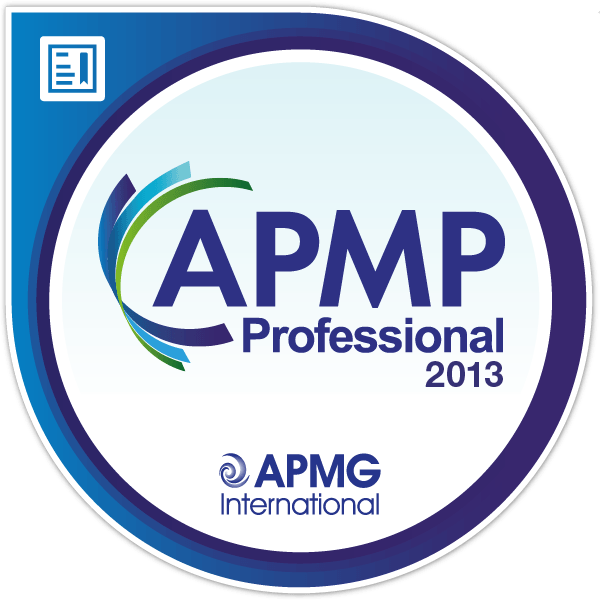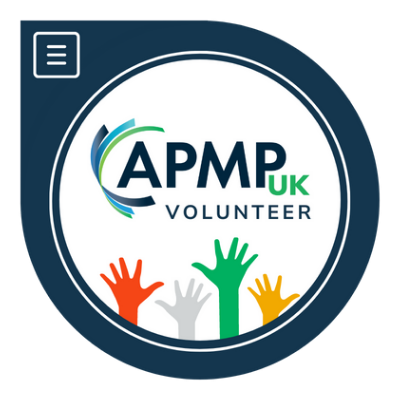From Bid Sorrow to Bid Joy
A back to basics look at bidding to increase win rates and reduce stress

- Allegiances: do you understand the buying landscape, the different stakeholders and their preferences and influences? Do they understand and appreciate you? Do you have a champion in the camp promoting your cause?
- Authority: do you understand how the decision will be made and by whom?
- Money: do you know the budget and can you satisfy the requirement within the budget profitably for you and competitively for the customer?
- Requirements: do you fully understand the requirements and can you meet all the mandatory ones and a good proportion of any desirable ones?
- Differentiated solution: do you genuinely have a solution that stands out from the competition?
- Timing: do you know the time frame for the project and can you inspire confidence that you can meet the schedules?
- Competition: do you know who else will be bidding, how strong a threat they represent to your success and how to beat them?
At a more detailed level:
- Customer evaluation process and criteria: whether formally issued or gathered through dialogue, it is essential to understand who will be involved in the decision- making process and how the bids will be judged. Be aware that many of today’s buying decisions involve multiple people and you need to understand each individual in terms of their role and their motivation.
- Customer drivers: also known as 'hot buttons', these succinctly summarise what you know the customer is really looking for the supplier to provide to satisfy the requirement. Customer drivers don’t only capture what is contained in the tender documentation, but also what you know from your relationships with the various customer personnel. You are looking to articulate three or four key drivers that will collectively appeal to the customer at a deep level; you will use these to develop the core essence of your bid messages.
- Competitors: you will need to conduct a detailed walk through of who else will be bidding and their strengths and weaknesses in this specific situation.
- Solution vision: you need to know what to propose to meet the requirements; what are your strengths and weaknesses in relation to these requirements and how are you different to and better than the competition.
- Pricing strategy: you need enough information about the customer, the competition and your own costs and profit aspirations to work out a price to win.
Once all the information is gathered, you need to work out how to:
- Emphasise your own strengths
- Mitigate your own weaknesses
- Diminish the competitors’ strengths
- Reinforce the competitors’ weaknesses.
Having got to this point, if you are still comfortable to proceed, then you need a plan.
Step 3: Build a Plan
Figure 2 below shows a simple Bid Management Framework showing the flow of activities and the key milestones during the bid process.
The more detailed plan will include the timeline, resources, roles and responsibilities. Carefully space out the key milestones and focus on getting the preparation right. A Kick-Off Meeting will typically take place 10% into the overall time schedule, not on the day the tender documents arrive; you need time to distribute and absorb the information and make the important bid/no-bid decision before beginning the detailed work. A Kick-Off Meeting will involve significant preparation to fully brief the team on what is expected of them. After that, they will be keen to get pen to paper, but it is preferable to build in a content planning step (also known as 'storyboarding') that involves producing a high level concept of the key bid components. The storyboards, which may be slides, flipcharts or any other media suitable to convey ideas, are presented at a review to ensure everyone is working in harmony and building the bid messages in a cohesive way.
Only when the content plans or storyboards are approved by the team does the actual writing begin. This feels very uncomfortable for many bid contributors, who feel they could have dashed off the words by now, but getting the overall structure and messages right up front makes for a much easier finale.
The last checkpoint should be the “red team review”, which is where the final draft of the completed document is validated by an independent team. They check if it complies with all aspects of a winning bid including that it addresses the customer’s true needs, it differentiates well from the competition and it is professionally written and presented.
Finally, make sure your plan has contingency, but don’t make the Quality Assurance (QA) and production tasks your contingency period – they are as important in the whole process as any other step.
Step 4: Communicate, communicate, communicate
Depending on the length of the bid response period, daily or weekly checkpoints are essential to keep everyone on the same page and handle issues arising swiftly and effectively. Create a standard agenda, for example:
- New information: assessment and implications
- Progress and issues arising: from each team member – action plan to resolve (note 'plan' and not actual resolution)
- Timeline check: all on schedule or re-plan required?
- Actions: finally, check back on actions from any previous checkpoints
Ideally, stick to the same time every day or week. The meetings should be short, focused and compulsory. This gets everyone into a rhythm and keeps the project flowing gracefully.
Step 5: Always be planning
There is a saying “a plan never survives the first engagement with the enemy” and throughout the bidding process various issues will come along to throw you off track; new information, bid question responses, illness, technology problems, to name but a few possibilities. It is acceptable to undertake re-planning along the way, and you will have included some contingency in the schedule, but a reminder not to regard the QA, production and dispatch time as contingency. This time should be sacrosanct as there is no point producing perfectly honed words and then submitting a poorly presented and packaged document.
Equally, realise that if you are struggling to complete the bid on time, this may indicate that you are not really on top of the game and you should consider whether or not to continue.
Step 6: Don’t be afraid to pull out
It’s a brave decision to pull out when you have completed so much, but it is valid to pull out right up to the point of submission if something changes and indicates your bid is not going to be a winning performance. In particular, if the red team results in significant change, consider if the recommended rework is feasible in the remaining time and if you can re-establish a winning position. Note, however, that if you follow all the previous steps, the number of times you will end up in this position will be few and far between.
These steps are just a “starter for ten” and give a flavour of some of the key thought processes and activities required to achieve a well-choreographed bid. Bid management is a professional discipline that is built with time, experience and training. If you are serious about bidding and winning more with less stress, consider carefully how you will establish this capability in your business.













